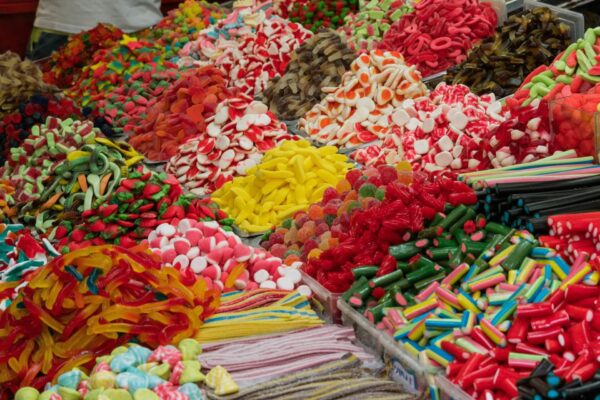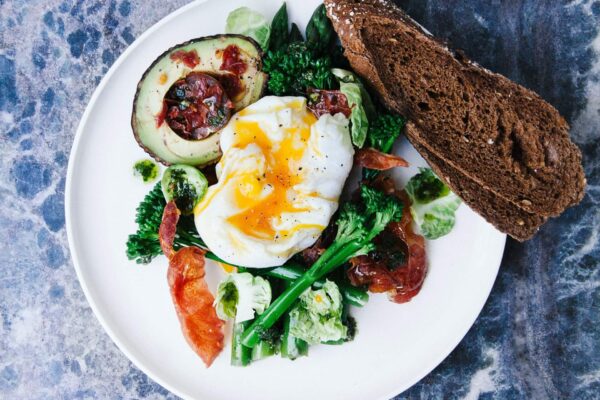When it comes to alcohol, every country has different preferences, traditions and rules. The latter are much stricter in Scandinavia than in countries like the UK and Germany – but that doesn’t mean that the Swedes, Finns and Norwegians live in abstinence. Beer, wine and spirits are particularly popular at traditional festivities and in the community. Here you can find out everything else you need to know about alcoholic drinks on holiday in Scandinavia.
Typical Scandinavian types of alcohol and drinks
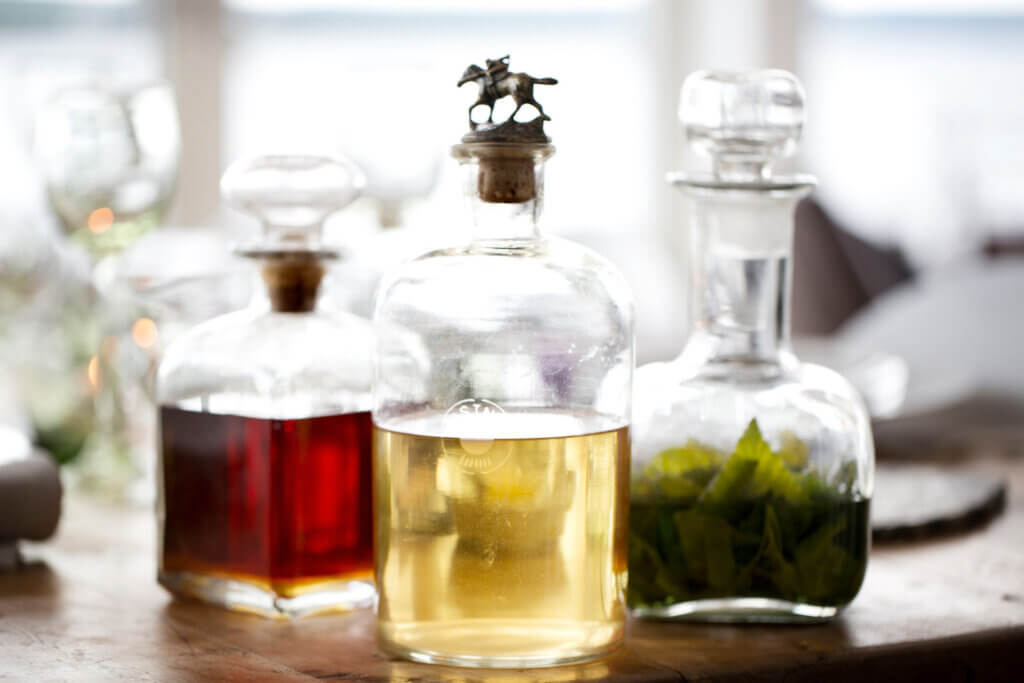
To this day, Scandinavia has a long tradition of alcoholic beverages. In Sweden, schnapps has been distilled since the end of the 14th century. Initially it was used as a medicine and herbs and spices were added to it. In the 17th century, schnapps became more common and has been part of Swedish culinary traditions ever since. There are still numerous local producers who produce spirits, beer and wine and are particularly well known in their respective regions.
The Swedish word snaps comes from the German word Schnapps and means “to swallow”.
Akvavit
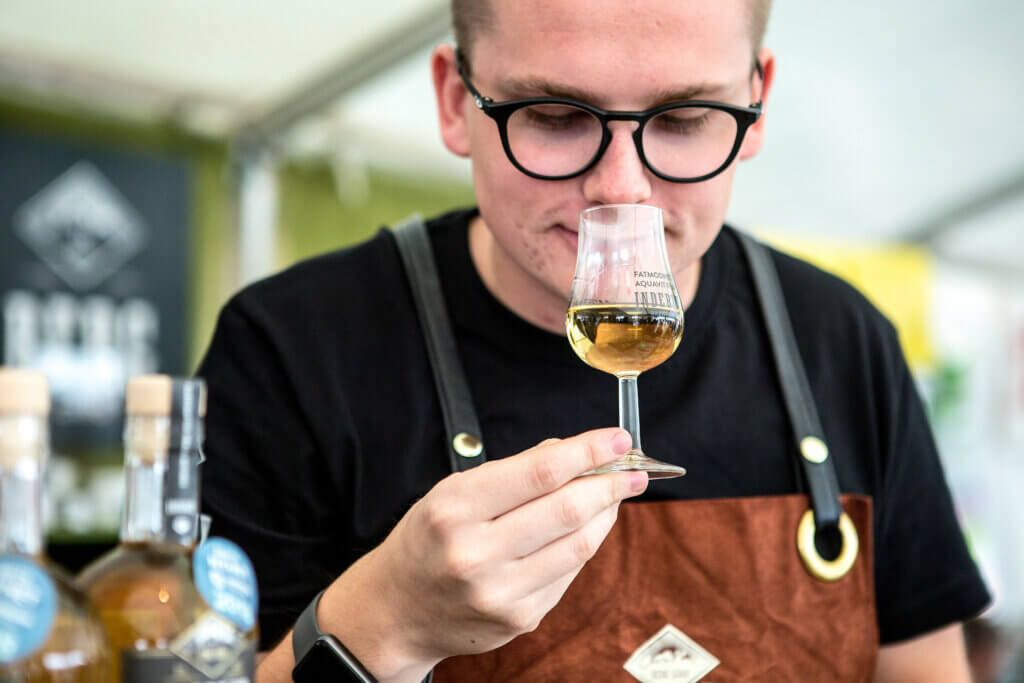
A must-try: The herbal schnapps akvavit, also known as aquavit, has a long tradition in Scandinavia. It has an alc/vol percent of at least 37.5, a dominant caraway or dill flavour and is distilled from grain and potatoes. Depending on the manufacturer, coriander, fennel, cinnamon or cloves are also used.
Akvavit is an integral part of Scandinavian eating and drinking culture and is poured as a nightcap after Christmas dinner, for example. The Linie brand is considered a Norwegian classic and a speciality. The sherry barrels in which the alcohol is stored and transported are travelled twice across the equator (the “line”). In Sweden, O.P. Anderson is the leading producer of aquavit.
Absolut Vodka
Absolut Vodka is a traditional Swedish producer that is known worldwide today. in 1879, Lars Olsson Smith developed continuous distillation in Åhus in the Skåne region in order to produce absolutely pure vodka. This gave rise to the company’s name almost 100 years later. Incidentally, all the ingredients for the high-proof drink, winter wheat and water, also come from the region. There are several other Scandinavian distilleries that produce vodka and gin, among other things.
Öl / Øl (beer)
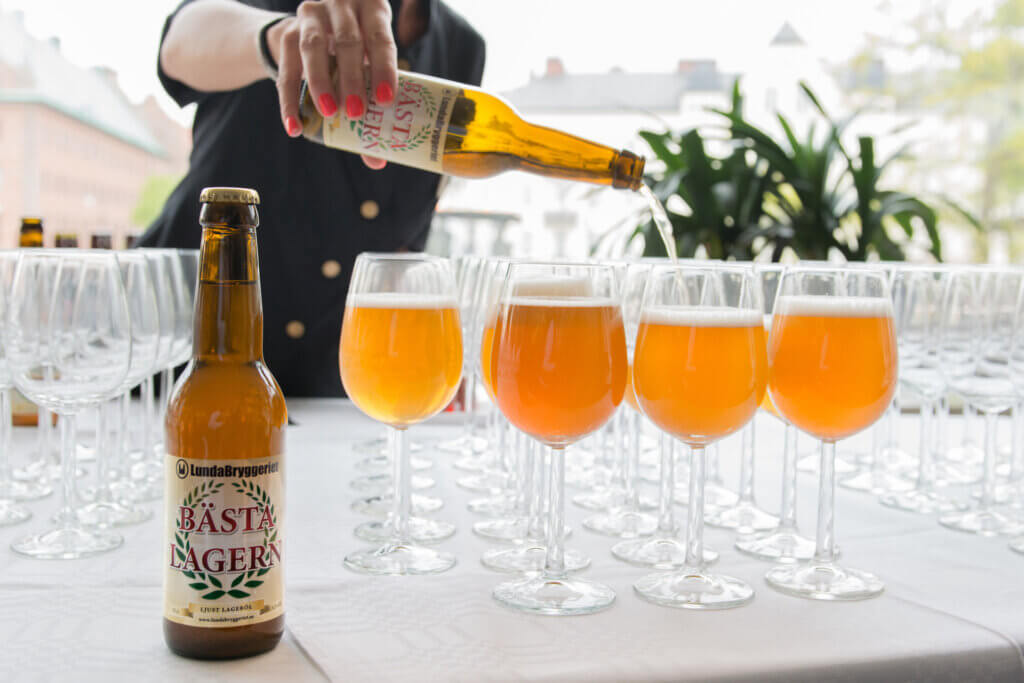
Öl (Sweden) or øl (Norway) means nothing other than beer. Similar to the UK, beer is also very popular in Scandinavia and is drunk at Christmas or Midsummer, for example. There are now numerous microbreweries in Sweden and Norway that produce their own craft or lager beer.
Äpplecider
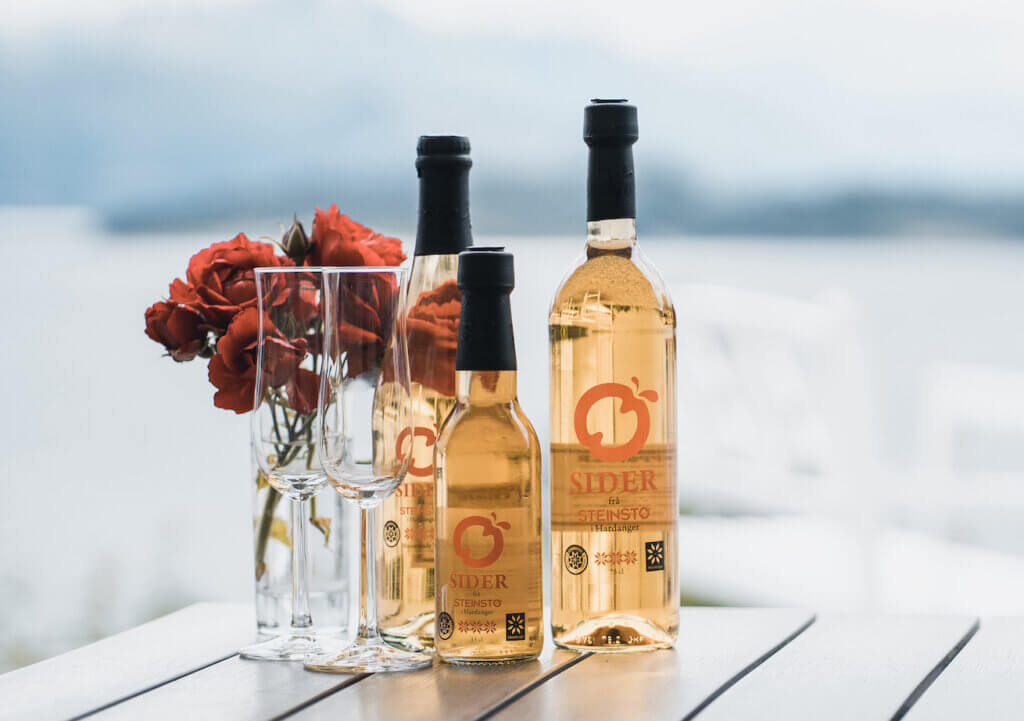
Cider is primarily associated with Great Britain and France, but in Scandinavia the production of cider dates back to the Viking Age. However, cider has become a popular alternative to beer in Sweden and Norway. The largest Swedish producers are Herrljunga Cider and Kopparbergs Bryggeri. In Norway, the wine from fruit growers in the Hardanger region is particularly popular.
There is also non-alcoholic cider, which is sold as a soft drink and in various flavours in supermarkets.
Glögg / Gløgg
Glögg is the Scandinavian version of mulled wine and consists of red wine, spices and either rum or vodka. It is also known here as “Swedish punch”, although it is popular throughout Scandinavia. Glögg is particularly popular during Advent and the Swedish Lucia festival.
A distinction is made between low-alcohol glögg and strong wine glögg, which is only sold in Systembolaget. However, non-alcoholic glögg based on blackcurrant juice is also popular in Sweden.
Sweden: Alcohol
History, laws and traditions
As strange as it may sound, alcohol consumption has a chequered history in Sweden. Around 1800, alcoholism was considered a major problem in Swedish society. It is estimated that people drank about five times as much as they do today, especially spirits and beer. From 1910, the so-called temperance movement began, which was primarily religiously motivated. Its aim was to abolish the distilling of spirits for personal consumption.
Instead of a total ban on alcoholic beverages in Sweden, a compromise was to be reached with the “Bratt system”. This provided for the rationing of alcohol and the nationalisation of production and sales.
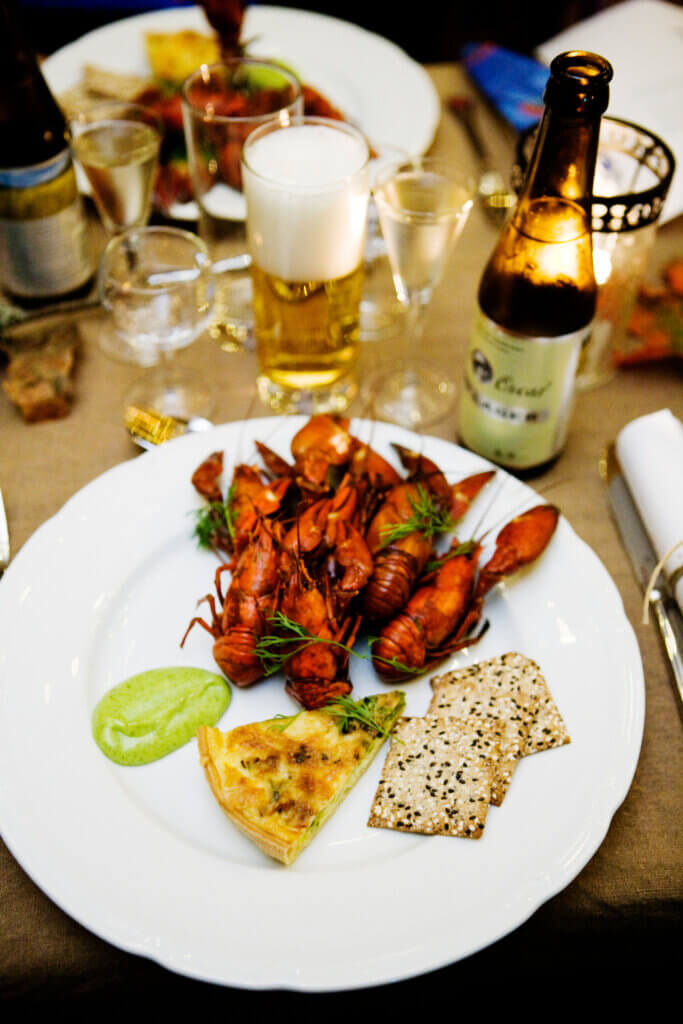
Rationing was lifted in 1955, but the local alcohol outlets were turned into a state-owned company that still exists today: Systembolaget. This is the only place in Sweden where high-proof drinks can be bought. Supermarkets generally stock light beer with a maximum alcohol content of 3.5% by volume.
Just as coffee is part of the fika in Sweden, beer, schnapps and other drinks are part of festivities such as Christmas, Midsommar and Kräftskiva, the crayfish festival in August. Because when Swedes get together, they like to toast together.
In general, the consumption of alcohol in Sweden is strongly associated with partying and going out at the weekend. Unlike the UK, it is rather unusual to have a beer or a glass of wine at home after work.
Nevertheless, drinking alcohol in public is usually prohibited in Sweden. This is determined by the respective municipality. Alcohol is also prohibited on public transport in Sweden. If you are nevertheless caught by the police, they can impose a fine. However, there are a few exceptions, for example in some parks. It is completely forbidden in Norway.
FAQ: Alcohol in Sweden
Systembolaget (translated: “system company”) is the only company in Sweden that is allowed to sell drinks with an alcohol content of 3.5 per cent or more. These are state-run mono-poll shops that serve the country’s alcohol policy. The aim of this policy is to curb alcohol consumption in Sweden. The shops are closed on Saturday afternoons and Sundays.
Alcohol in Sweden often costs almost twice as much as in other European countries. The fact that alcohol prices are so high in Sweden is partly due to the high taxation.
To buy alcohol in Systembolaget, the Swedish alcohol shop, you must be at least 20 years old. In restaurants in Sweden, you can buy alcoholic drinks from the age of 18.
Alcohol may only be imported into Sweden tax-free by persons over the age of 20 if it is intended for their own use or that of their family. It must also be transported personally, for example in luggage. For EU countries, the following import limits apply: 10 litres of spirits, 90 litres of wine (including a maximum of 60 litres of sparkling wine) and 110 litres of beer. More information on this can be found on the Swedish customs website Tullverket.
Norway: Alcohol
History, laws and traditions
The relationship with alcohol in Norway is similar to that in neighbour country Sweden. Especially in the north of the country, home distilling is still a tradition today.
At the beginning of the 20th century, alcohol consumption was seen as a major social problem, which is why the Protestant temperance movement began in Norway. By 1913, there were only 12 Norwegian towns that allowed the sale and serving of alcohol. This was exacerbated by the outbreak of the First World War: the Brennevinsforbud completely banned the sale, brewing and distilling of strong alcoholic beverages. Prohibition led to a flourishing of bootlegging and smuggling throughout the country.
Later, following the example of the Swedish Systembolaget, it was decided to establish a monopoly sale under state control: The so-called Vinmonopolet came into being. To this day, only light beers are available in Norwegian supermarkets. The temperance movement is also still present: Norwegians drink less alcohol on an annual average than the British.
In Norway, it is customary to only drink alcohol at the weekend – and then sometimes a little more. People like to toast together on public holidays and festivals. Traditional Christmas beers (Juleøl) are particularly popular. Another exception in Norway is related to winter sports, which are popular all year round: Après-ski at the ski resort involves drinking, just as it does in the Alp regions. In addition, bar culture is growing in Norway’s major cities and combines traditional local spirits with modern concepts.
FAQ: Alcohol in Norway
In Norway, drinks with more than 4.75 per cent alcohol are only available in Vinmonopolet (translated: “wine monopoly”). These are state-controlled monopoly shops. High-proof spirits may only be purchased from the age of 20. There is also a ban on advertising alcoholic drinks. Beer is usually available in supermarkets.
Prices for alcoholic drinks are even higher in Norway than in Sweden and Finland. You pay more than twice the EU average here. This is mainly due to the high taxation of alcohol.
A maximum of 1.0 litre of spirits, 1.5 litres of wine and 2.0 litres of beer, cider or similar (alcohol content of 2.5 to 4.7 percent) may be imported into Norway duty-free per person. To import beer, wine and tobacco, persons must be at least 18 years old, whereas an age limit of 20 years applies to the import of spirits. There are additional conversion rules for alcohol, more information can be found on the Norwegian customs website (toll.no).
Finland: Alcohol
History, laws and traditions
What is called Systembolaget in Sweden and Vinmonopol in Norway is called Alko in Finland. Similar to the other two countries, the temperance movement also began in Finland. From 1919 to 1932, there was even a total ban on alcohol (kieltolaki) in Finland. Private distilling, the general sale and smuggling of alcohol from Estonia and Russia were prosecuted. in 1932, a referendum put an end to Finnish prohibition and Alko came into being. It is a monopoly business for the retail sale of alcohol.
A new alcohol law has been in force in Finland since April 2018, which relaxes the regulations somewhat. Alcoholic drinks containing up to 5.5 per cent alcohol are now available in Finnish supermarkets. Nevertheless, drinking beer in football stadiums, for example, is only permitted in certain designated areas (anniskelualue).
On certain occasions, however, Finns particularly like to toast together, for example on Vappu (1st May) or Juhannus, the Finnish Midsummer Night. You can find out what Finns like to drink in the FAQ on Finland and alcohol below.
FAQ: Alcohol in Finland
In addition to traditional beer and wine, there is the typical Finnish Sahti. This farmhouse beer has probably been brewed for more than 1000 years, as it was found on a Viking ship from the 9th century. Traditionally, it is flavoured with juniper in addition to or instead of hops and has an alcohol content of eight to ten percent.
Another Finnish cult drink is Lonkero, a mix of gin and grapefruit, which can be bought ready-made in a can. Well-known brands of vodka from Finland are Finlandia Vodka and Koskenkorva. Kyrö gin is also very popular.
Drinks containing more than 5.5 per cent may only be sold by the state monopoly Alko. Alcohol advertising is subject to strict regulations.
Finland levies the highest taxes on alcohol in Europe. This is why the price of a bottle of vodka is around 24 euros (ca. 20.50 pounds). A wheat beer in the shop is almost 4 euros (ca. 3.50 pounds) (as of 2021).
The following quantities of alcohol can be imported duty-free into Finland from EU countries if they are intended for personal or family consumption: 110 litres of beer, 90 litres of wine (including 60 litres of sparkling wine, including long drinks and cider), 20 litres of intermediate products and 10 litres of other alcoholic beverages. Under 18s are not allowed to import alcohol into Finland. Persons under the age of 20 may only enter Finland with light alcoholic beverages. More information on this can be found on the Finnish customs website Tulli.

